NTIA Pressed on Existing Middle Mile Connections at Infrastructure Listening Session
Commentators concerned existing middle-mile infrastructure not used to drive last-mile home.
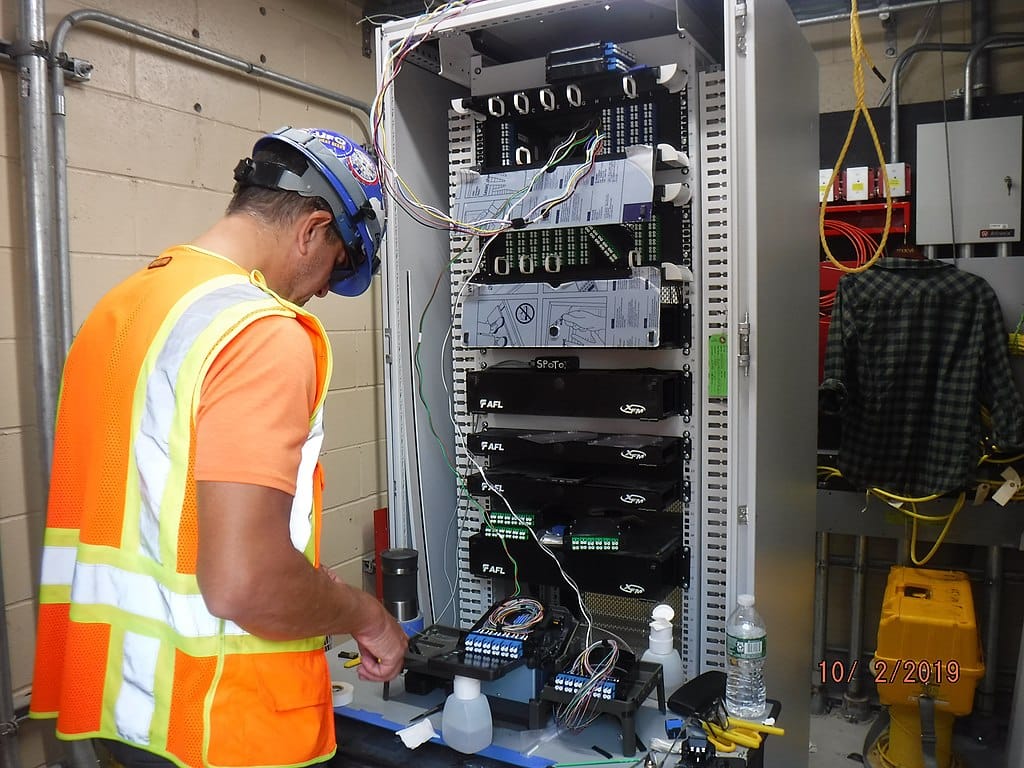
Commentators concerned existing middle-mile infrastructure not used to drive last-mile home.

WASHINGTON, February 10, 2022 – Callers into Wednesday’s National Telecommunications and Information Administration listening session on criteria for money from the infrastructure bill said they’re concerned about middle-mile funding and last-mile connections from existing transport routes.
In brief two-minute verbal comments, a number of complaints emerged from commentators during the conversation that focused on middle-mile infrastructure.
Some, who were not obligated to reveal themselves, said they are concerned about existing middle-mile infrastructure that was sitting there and not being connected to homes and businesses.
In a previous listening session, callers said the NTIA needs to focus its efforts on funding adequate middle-mile infrastructure to even have success with building the last-mile – the last leg of the broadband cable to homes and business.
Fiber was said to connect urban areas to each other without providing service to the areas through which the lines passed.
Wednesday’s session discussed leveraging that existing middle-mile infrastructure, as well as the scalability requirements of that infrastructure funded by the Infrastructure Investment and Jobs Act, $42.5 billion of which is at the NTIA’s disposal.
Commenters also claimed potential health effects to organisms of electromagnetism emanating from telecom infrastructure.
Previous listening sessions on the IIJA included digital equity and how to create contact between tribal communities and states for more broadband access. Proposals included developing a score card to assess equitable broadband deployment among communities as well as increasing opportunity for smaller networks and bolstering infrastructure technician workforces.
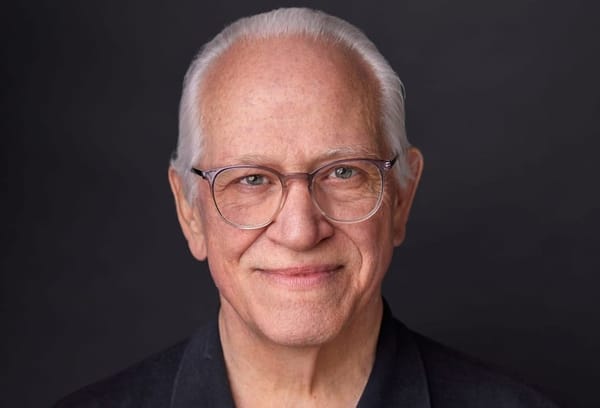
Experts dispute FCC Chairman Brendan Carr's denial of agency independence
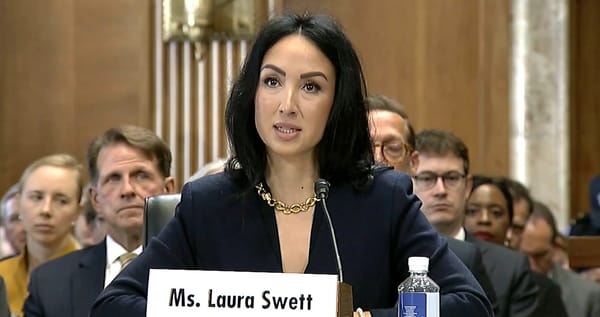
Federal Energy Regulatory Commission's Thursday order could be a blueprint for Trump administration requests to ensure that data centers get power as quickly as possible.
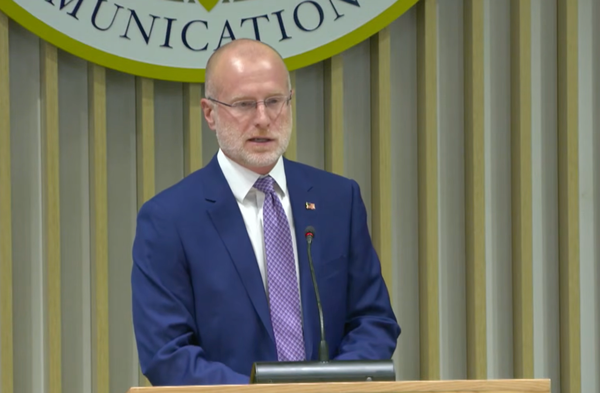
Carr said agency was not independent: 'Any FCC commissioner can be fired by the president for any reason, or no reason at all'
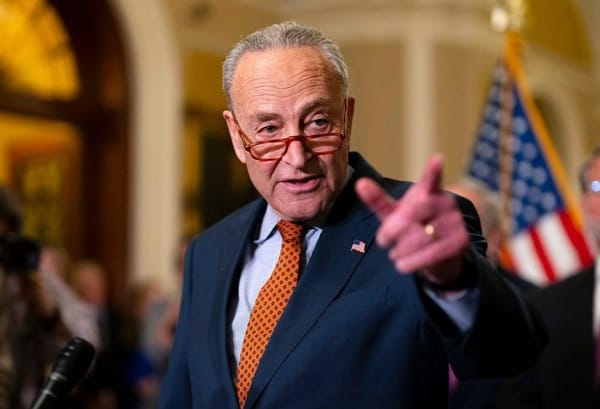
Sen. Schumer and colleagues push FCC to put consumer protections first in upcoming allocations
Member discussion